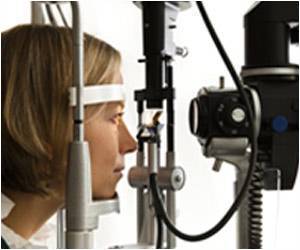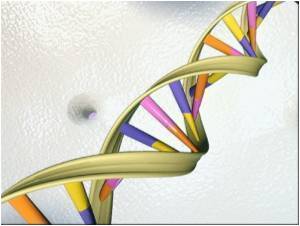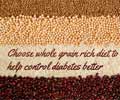It is evident that as people's waistlines increase, so does the incidence of type 2 diabetes.

Then, these inflammatory cells produce a large amount of pro-inflammatory proteins, called cytokines, which directly contribute to the elimination of insulin-producing beta cells in the pancreas, resulting in diabetes. This discovery was published in the January 2014 issue of the Journal of Leukocyte Biology.
"The study may provide novel insights allowing development of tailor-made anti-inflammatory based therapies reducing the burden of type 2 patients," said Alexander Rosendahl, Ph.D., a researcher involved in the work from the Department of Diabetes Complication Biology at Novo Nordisk A/S, in Malov, Denmark. "These novel treatments may prove to complement existing therapies such as insulin and GLP-1 analogues."
To make their discovery scientists compared obese mice that spontaneously developed diabetes to healthy mice. The mice were followed from a young age when the obese mice only showed early diabetes, to an age where they displayed systemic complication in multiple organs.
Presence of macrophages around the beta cells in the pancreas and in the spleen was evaluated by state-of-the-art flow cytometric technology allowing evaluation on a single cell level. At both the early and late stages, the diabetic mice showed significant modulations compared to healthy mice.
"The more researchers learn about obesity and type 2 diabetes, the more it appears that inflammation plays a critical role in the progression and severity of these conditions," said John Wherry, Ph.D., Deputy Editor of the Journal of Leukocyte Biology.
Advertisement
Source-Eurekalert















